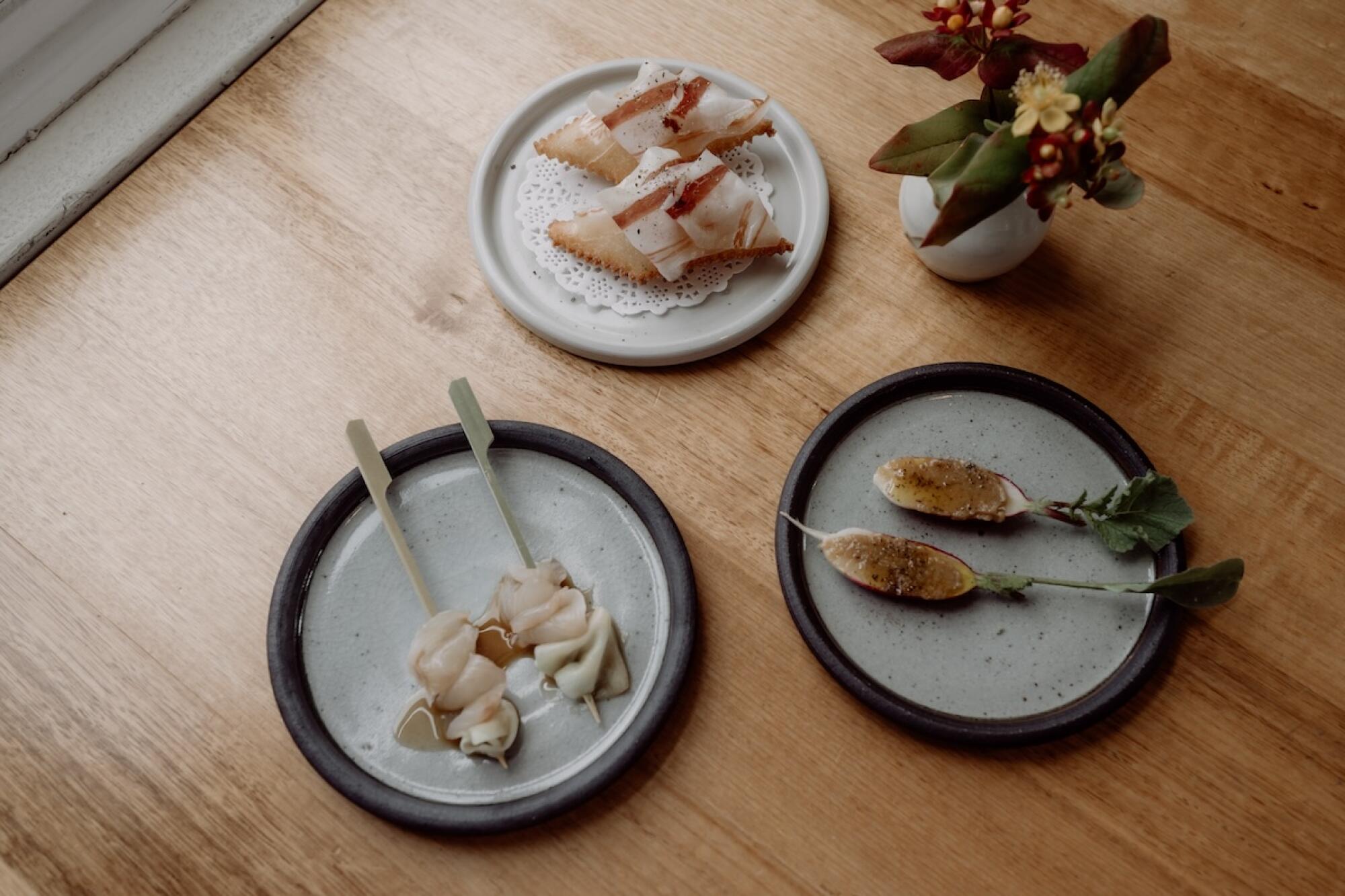
Australia is a perennial dream destination for many Americans, with nearly 700,000 traveling there last year. Travelers are drawn to Australia’s natural wonders and singular ecosystems, vibrant cities and expansive cultural offerings and the country’s analogous – if not globally flipped-over – similarities to the states.
Increasingly, the country’s culinary breadth and depth coupled with its multidisciplinary approach to dining are a draw as well.
Australia’s food reflects its abundance of spectacular produce and balmy weather; a cosmopolitan, well-traveled population; and its reputation for laid-back, authentic lifestyles. These manifest in a long-established locavore culture, a love of unhurried, often al fresco meals, friendly, if not family-like hospitality and global influences that intersect with ultra-fresh local ingredients and long standing traditions. Combined with the country’s world-class domestic wines and spirits, these make eating in Australia as much an experience as a meal.
Alexandra Carlton, a Sydney-based food and travel writer, distills these multiple influences: “The way we present food is very clean, very minimalist, very simple, with produce absolutely at the core,” she said. “It’s sort of the way we are as people, as well. Australians are pretty straightforward … and that reflects in the way we cook.”
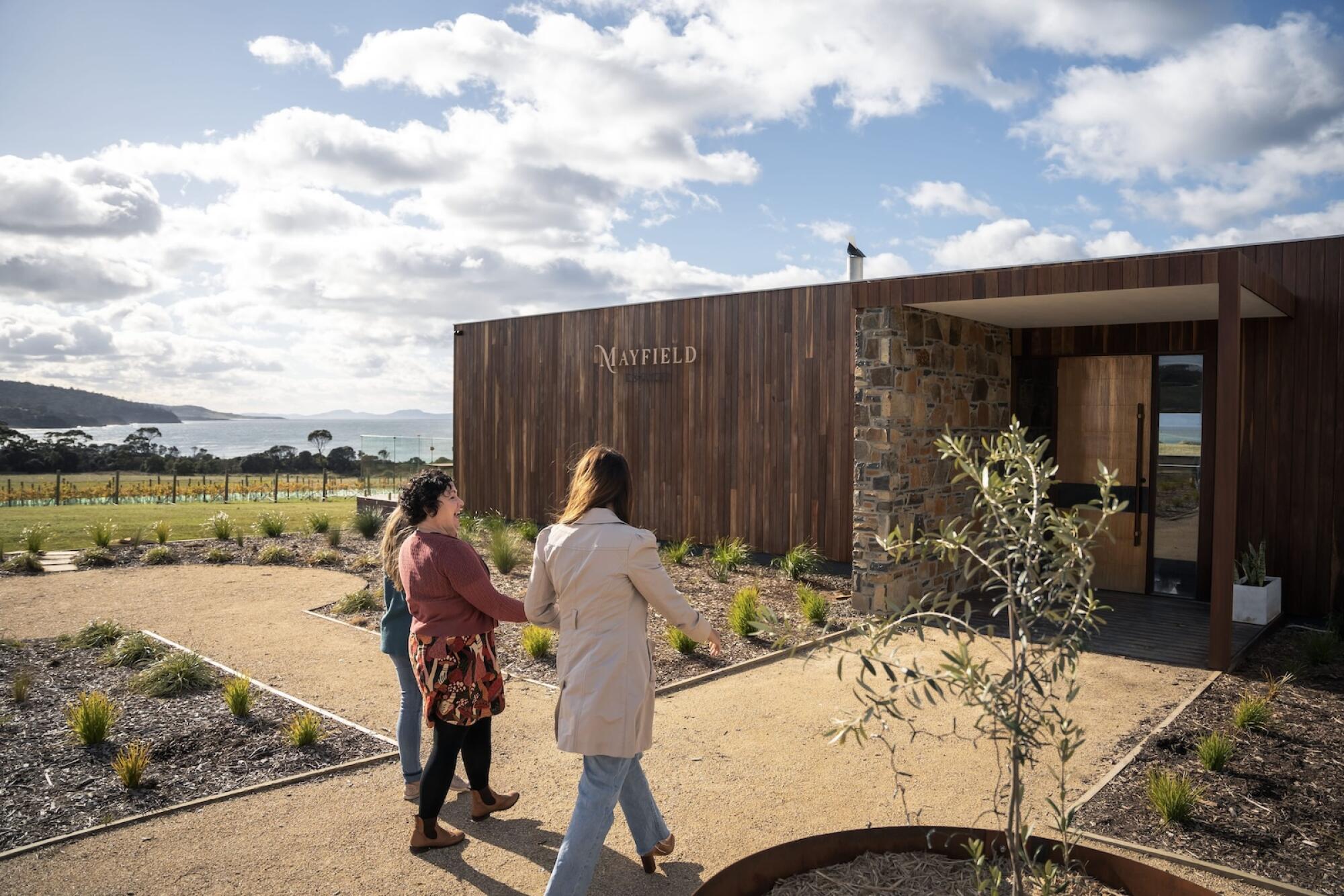
Locavores & Long Lunches
With many Australian cities situated adjacent to the agricultural regions that feed them, farm-to-fork dining is less a trend than a historical norm. Adelaide, for example, shares the Adelaide Plains, considered the breadbasket of South Australia, with countless market gardens, wineries and vast fields of flowing grain. Try the award-winning Press* Food & Wine in Adelaide’s West End, which focuses on sustainable area produce for its European-style cuisine.

The island state of Tasmania is another locavore’s paradise, with a profusion of produce including oysters, fine meats, dairy, and the renowned orchard fruits of the Huon River Valley. In the charming town of New Norfolk, The Agrarian Kitchen epitomizes Tasmania’s field-to-table freshness, including ingredients from its own garden and a community plot across the street.
While long, boozy Friday business lunches are as largely outdated in Australia as anywhere else, “Aussies” still enjoy extended meals with friends and loved ones. Visitors can savor classically Australian long lunches with the signature chef’s tasting menu at Melbourne’s Vue de Monde, or with Chef Justin James’s degustation menu at Restaurant Botanic in Adelaide.
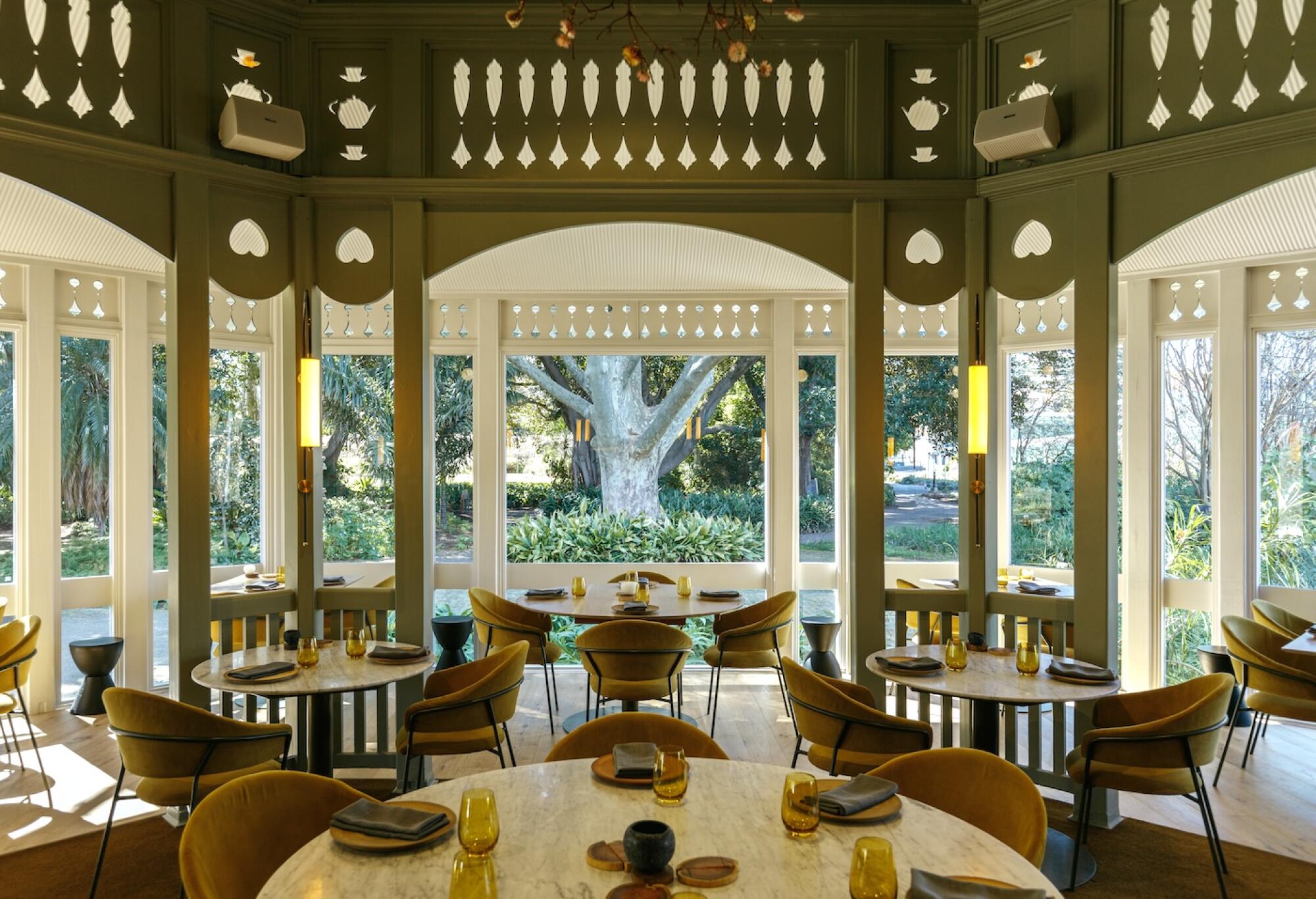
Winery regions like the Mornington Peninsula south of Melbourne or the town of Margaret River in Western Australia are also prime long lunch locations, particularly at weekends, as are most waterfront restaurants. A favorite activity is “settling back in a beautiful landscape, looking out over vines, and just relaxing into a meal for the whole day,” said Carlton, who is Academy Chair at The World’s 50 Best Restaurants for Oceania.
“And if you put an Australian next to the water in any way, they’ll plant themselves and stay!”
A distinctively Aussie communal dining experience can also be savored at the famed “World’s Longest Lunch” that kicks off the annual Melbourne Food and Wine Festival that is lengthy in a different way: a 2,000-foot table winding through the city’s manicured parkland. Long-table lunches are also popular at Australian wineries like the bucolic Whispering Brook and the boutique Calais Estate, both in New South Wales’s Hunter Valley, home to over 150 vineyards.
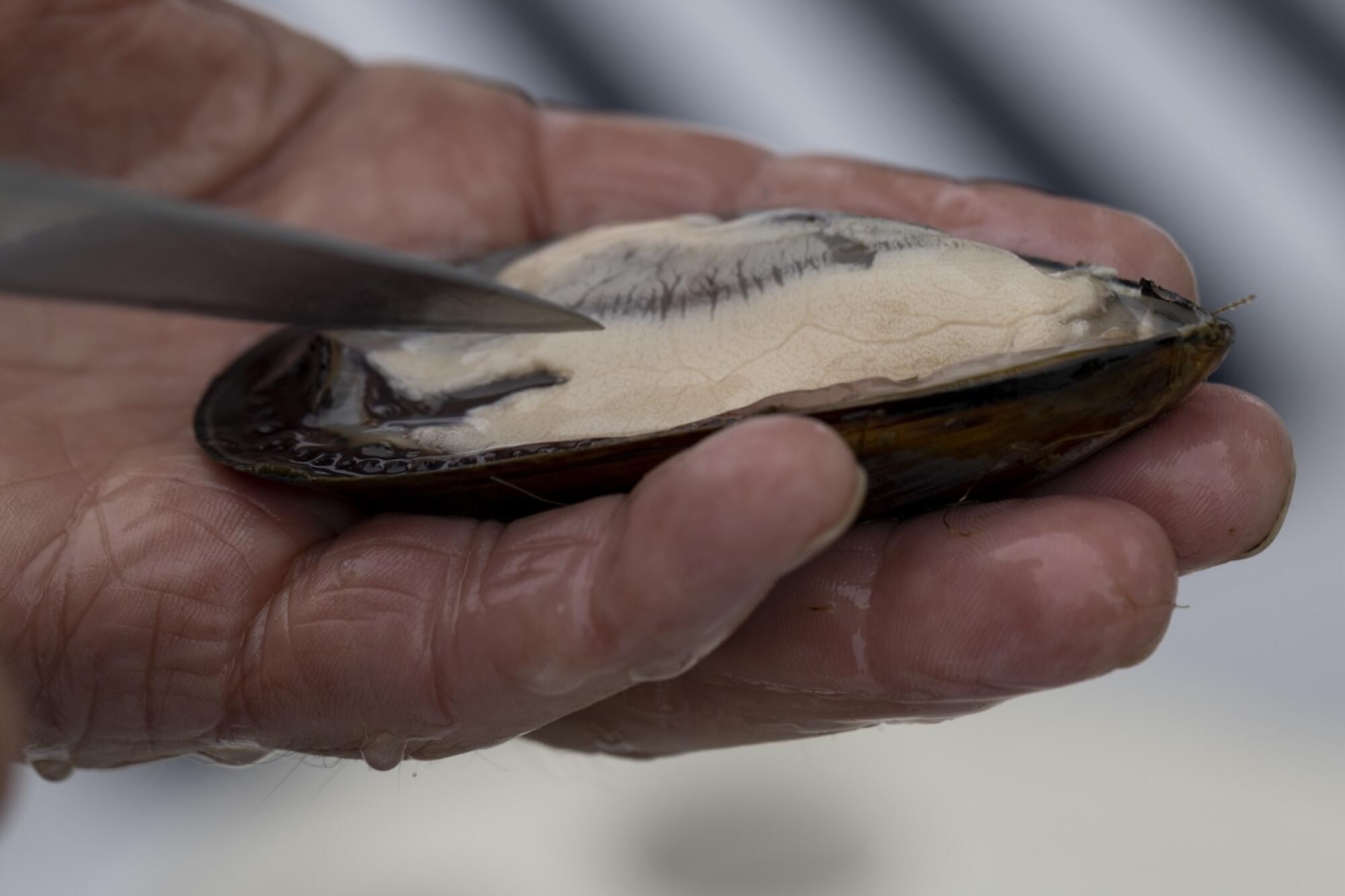
Experiential Connection
Many Australian diners like to connect not only with the food on their table and the company around it, but also with their wider natural surroundings, the produce they provide, and even with the preparation process and the preparers. “Sometimes we want a little bit more than just a beautiful restaurant,” said Carlton. “We want to actually get our hands dirty and find out exactly where that food is coming from.”
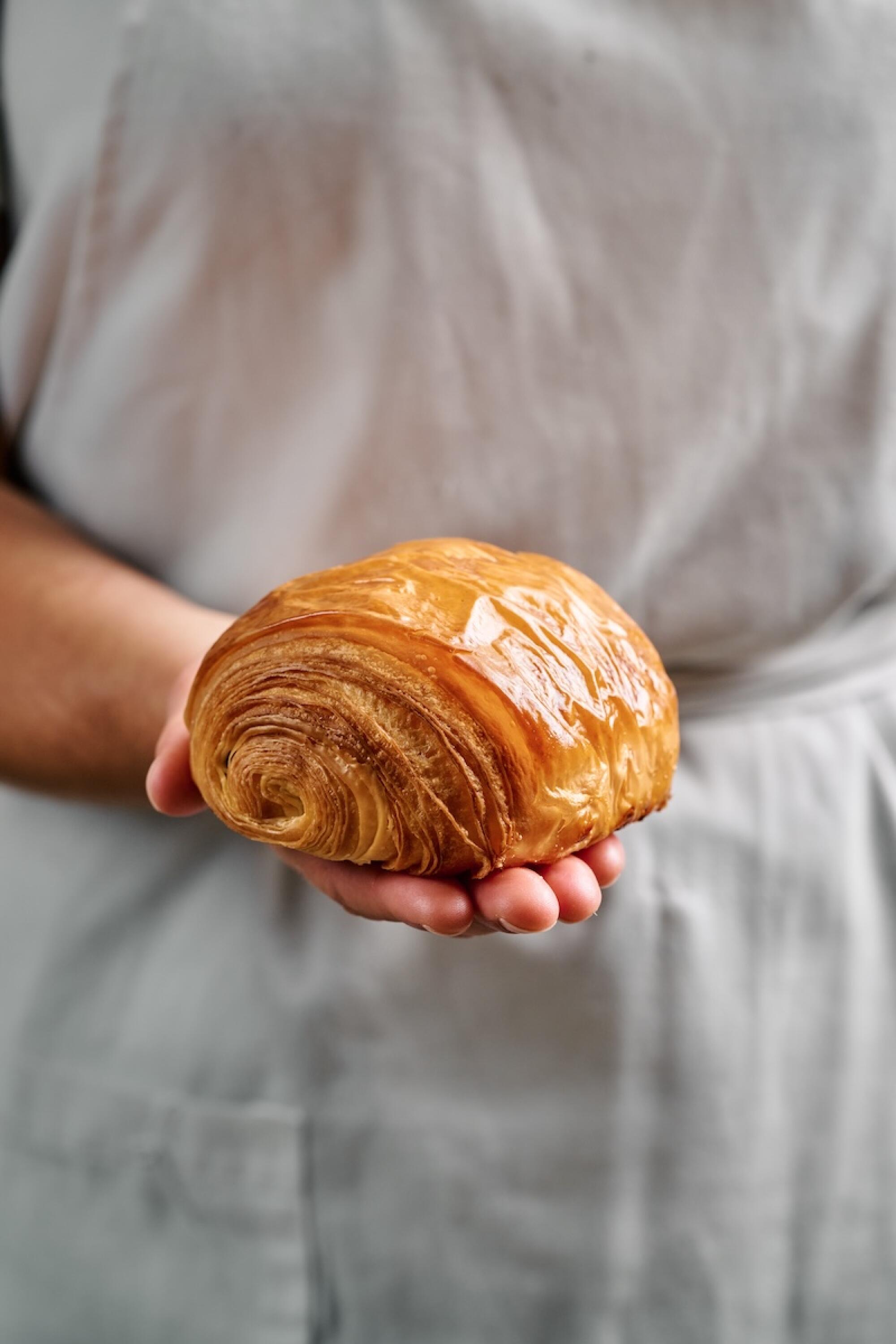
In Portarlington, Victoria’s “mussel capital,” the small-group Portarlington Mussel Tours take you aboard a refurbished farm boat to see how these gourmet mollusks are cultivated, followed by a cooking demonstration and tasting paired with premium local beverages. If you’re visiting Perth, the nearby Mandurah Cruises immerses diners in its Wild Seafood Experience. Help pull in rock lobster pots from the comfort of a 60-foot pleasure boat then savor an eight-course lunch headlined by the crayfish (as spiny rock lobsters are called Down Under) that you just “caught,” with regional wines flowing throughout.
Melbourne’s boho cultural hub, Fitzroy, is home to Lune, an institution devoted entirely to the art of the croissant. Its Lune Lab invites guests to indulge in a three-course croissant set menu seated at a bar overlooking its raw production kitchen, with a host explaining the production process of each dish. On Tasmania’s Great Oyster Bay, the Salt Sommelier is an experience for hardcore foodies: an immersive tour of Tasman Sea Salt’s clean-energy saltworks featuring a selection of small bites pairing their product with locally sourced ingredients. Matched wines from nearby Mayfield Estate can be added.
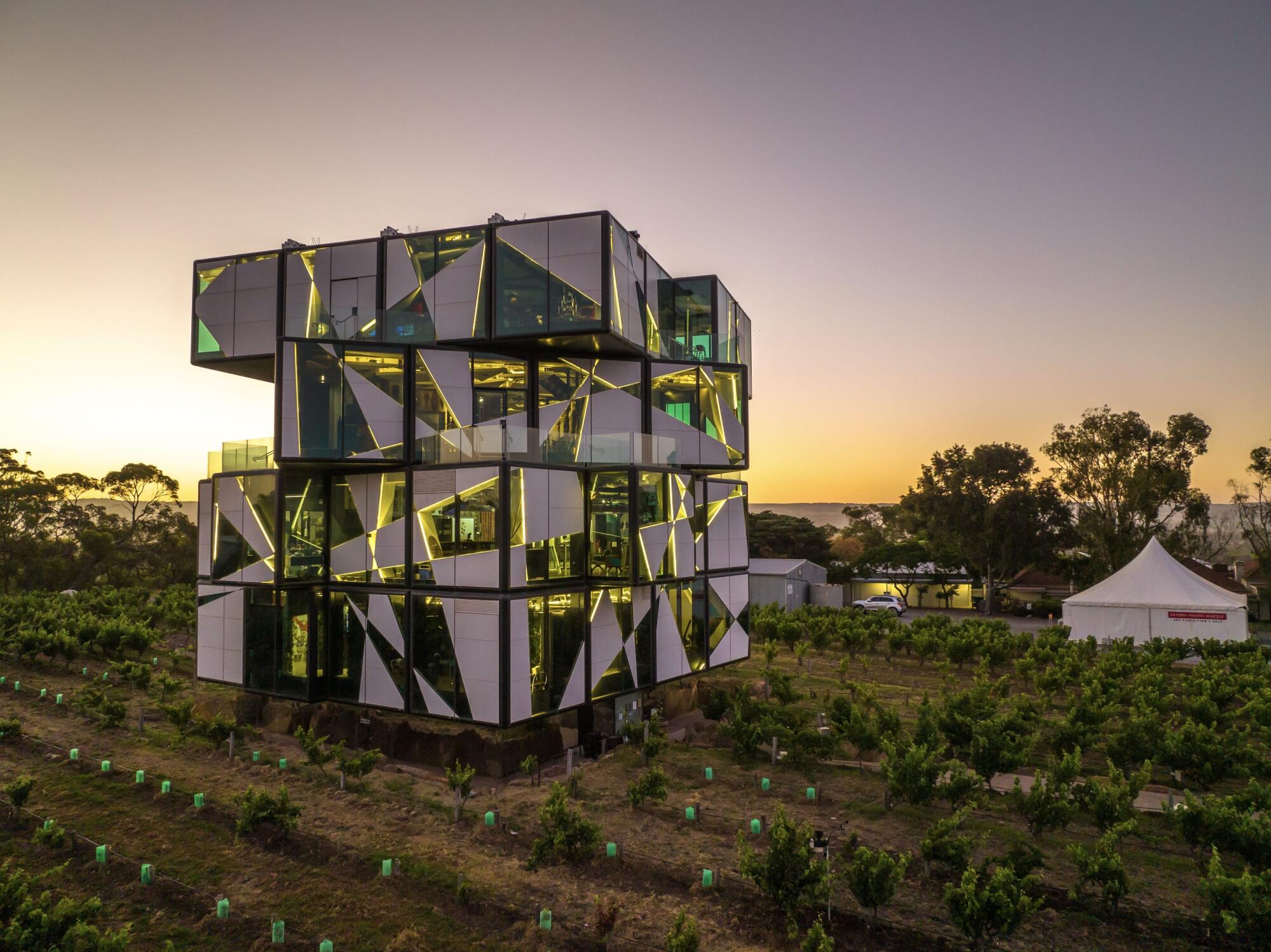
Vines & Vats
Hands-on guest experiences have also been embraced by many of Australia’s world-class wineries and award-winning distilleries. Australian vineyards have steadily been gaining global respect since the 1990s and the country is now the world’s fifth-largest wine exporter. While the big Chardonnays of Margaret River and Cabernet Sauvignons of South Australia’s Coonawarra are well known internationally, Australia in fact boasts around 2,500 wineries across 65 distinct wine regions.
Fans insist that the top Tasmanian sparkling wines rival any Champagne and put “Tassie” Pinot Noirs alongside even the finest French Burgundies. Micro wine regions nestled in the bush around Australia’s capital Canberra produce incredible Rieslings, while the natural and experimental wines of the Adelaide Hills capture the give-it-a-go sense of adventure that permeates the country’s wine industry and its aficionados.
Australian wine buffs are also intrigued by the production process, with around 5.5 million visitors to the country’s wineries each year. In South Australia’s McLaren Vale wine region, the historic d’Arenberg winery offers a guided “blending bench” experience that lets guests blend their own personalized Shiraz from three barrel samples from different vineyards, walking away with a 750ml bottle to show off back home.
“When you go into restaurants, our wine programs are very, very solid,” said Carlton. “If you come over as a visitor and don’t know anything about Yarra Valley wines or Canberra wines or Barossa wines, you’ll have someone in front of you who can explain all of that. They’ll really get a sense of what you like to drink where you’re from and help you find an Australian equivalent.”
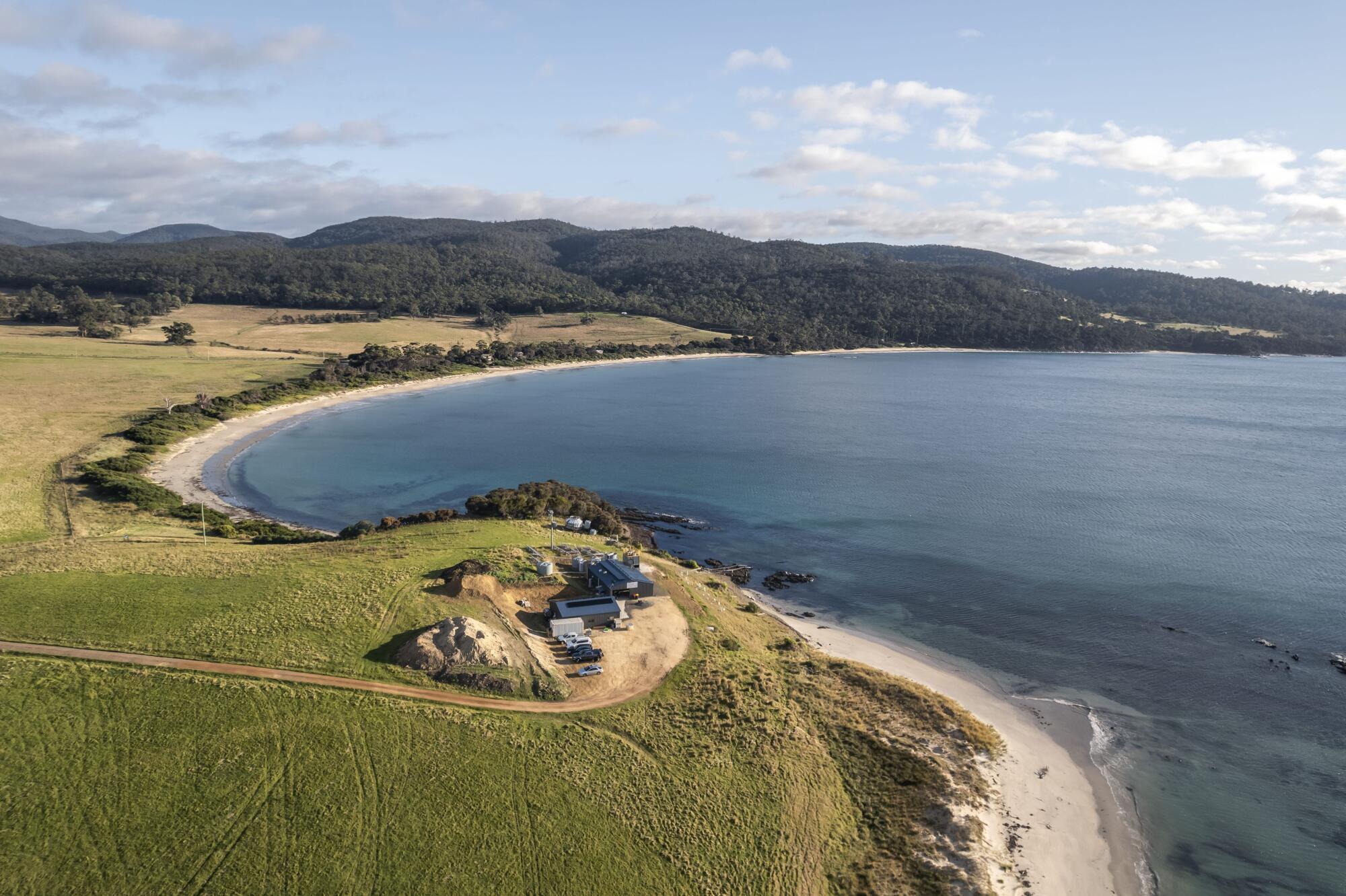
“If you put an Australian next to the water in any way, they’ll plant themselves and stay!
— Alexandra Carlton
There’s been an explosion of accolades for Aussie distillers of late, including Four Pillars, which last year was named International Gin Producer of the Year for a third time at the International Wine & Spirits Competition. You can book a table for tastings and drinks at Four Pillars’ distillery in Victoria’s Yarra Valley seven days a week.
Under the stewardship of pioneering founder Bill Lark, Tasmania’s LARK Distillery was the first Australian Distillery to produce a single malt in 154 years, and the spirit was recently awarded “Australia’s Best Single Malt Whisky.” While in Hobart, visitors can explore their range in comfort at LARK’s The Still Whisky Bar.
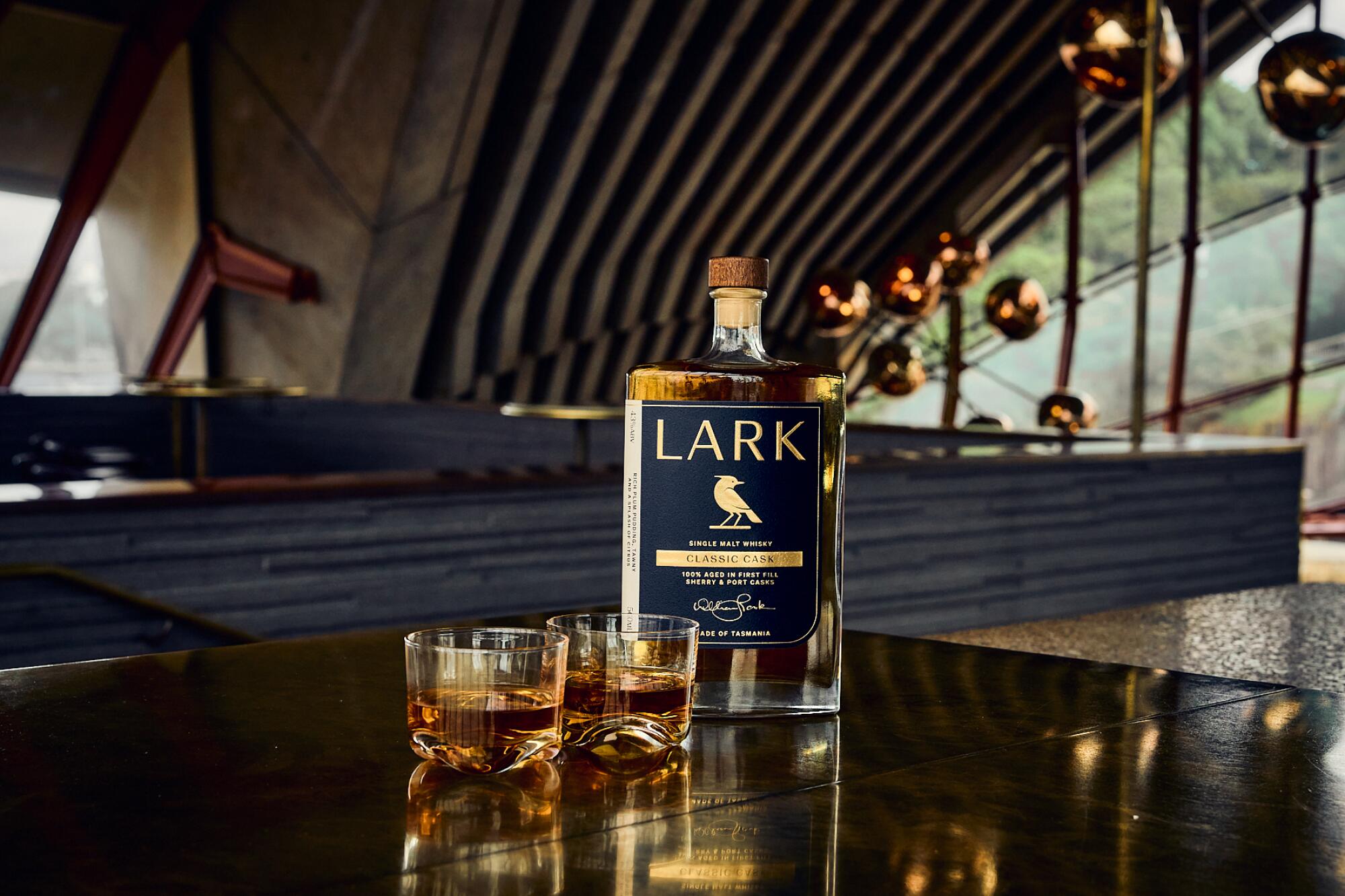
Melbourne’s previously underground Starward Whisky was named Most Awarded Distillery of the Year at the 2022 San Francisco World Spirits Competition – a first for an Australian distillery. You can see (and taste) why with its Whisky Masterclass & Barrel Tasting, which gets into the nitty gritty of its production process alongside a unique barrel sampling experience.
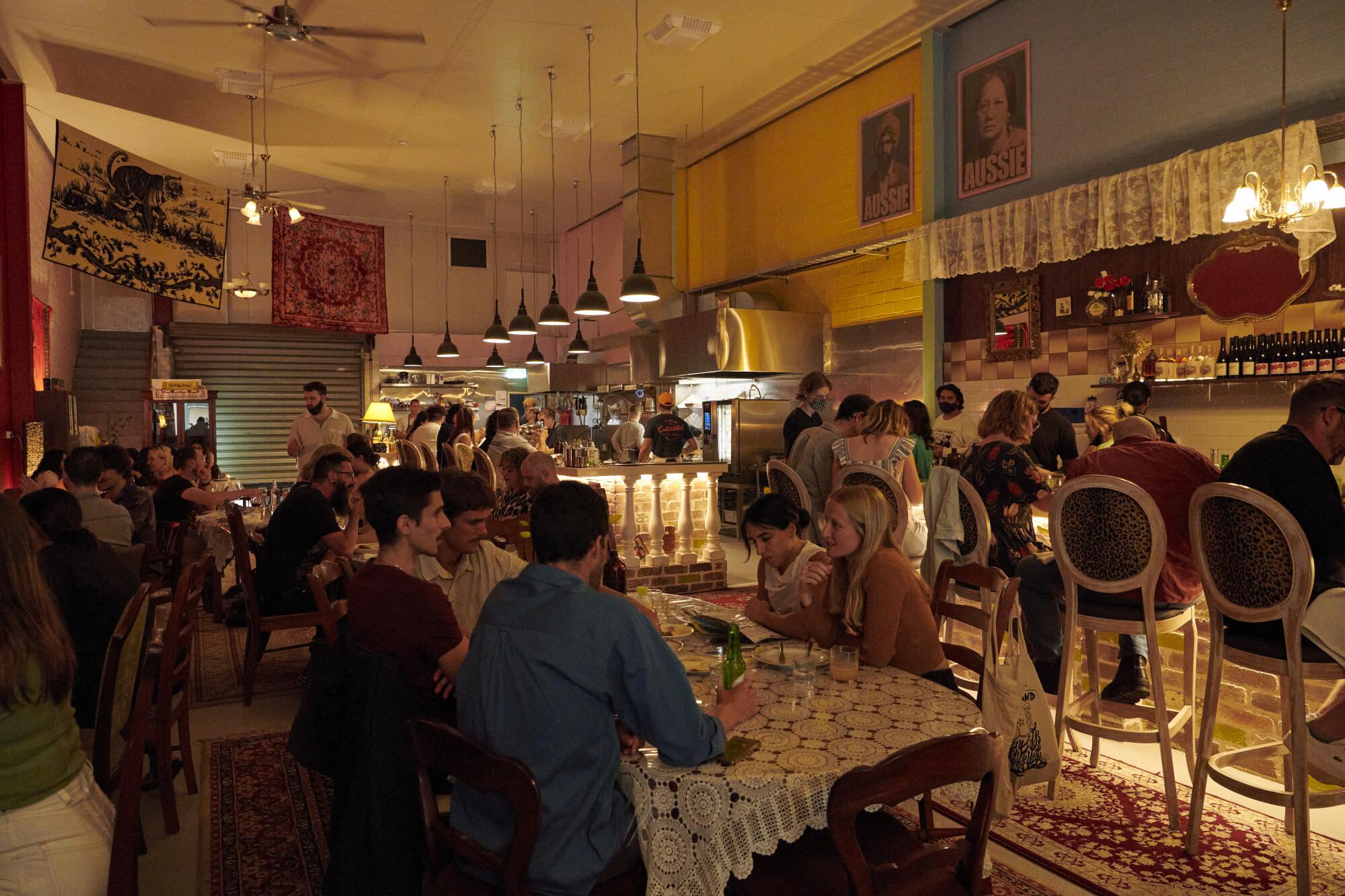
Multicultural Flavors
Australia has a famously diverse populace, and its people travel widely (stay at any European hostel and you’re certain to meet Aussie backpackers!) These factors combine into cosmopolitan dining scenes nuanced by the societal makeup and local produce in any given city or region.
“I love Western Australia and the Northern Territory for Indonesian and Malaysian flavors,” said Carlton, noting that Perth is actually closer to Jakarta than it is to Sydney. “Queensland, I think of as pan-Asian – they have the climate to grow Asian herbs and greens.”
South Australia’s sizeable German communities have influenced cuisine in Adelaide and even more palpably in nearby Hahndorf, Australia’s oldest surviving German settlement. Melbourne’s long-established Italian community helps shape its famed café and coffee cultures, while Western Australia, though perhaps best known for is photogenic coastline, is also producing some fascinating multicultural food.
“There’s a place called Old Young’s Kitchen in the Swan Valley which does an incredible emu pastrami dish,” Carlton explained, calling it “true Australian cooking: the Eastern European tradition of pastrami, Italian-ish pesto, Japanese flavors, and one of the creatures of our coat of arms.”
When in Sydney, foodies should seek out the riverside suburb of Marrickville, four miles from the central business district. The neighborhood is known for exquisite Vietnamese food distinguished by area ingredients, diverse bar culture, and cross-cultural culinary gems like Baba’s Place.
“It’s my favorite restaurant, pretty much, in the country,” said Carlton, who lives in Marrickville. “Part Macedonian, part Lebanese, part Greek, part Chinese, all mashed together in this beautiful, heartfelt warehouse space – the most Australian restaurant you’ll find anywhere.”
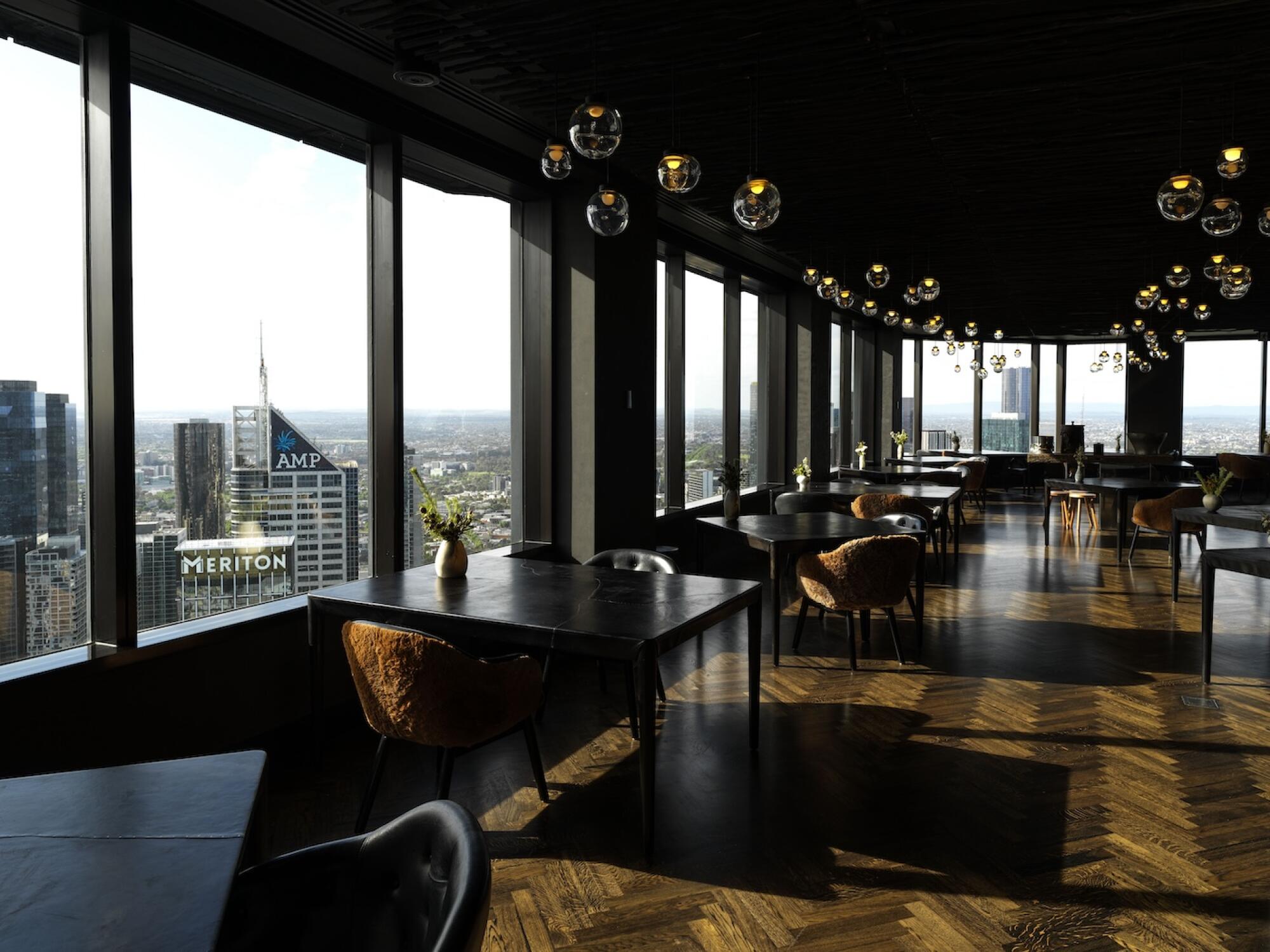
…Sound Familiar?
Multicultural, farm-to-fork fare accompanied by sustainably produced local wines may sound decidedly familiar to Californians, and there are indeed many parallels between Cali and Australian cuisine, from the fresh ingredients to the cultural mashups and fusion to the hands-on dining experience – SoCal visitors will find themselves at ease half a world away.
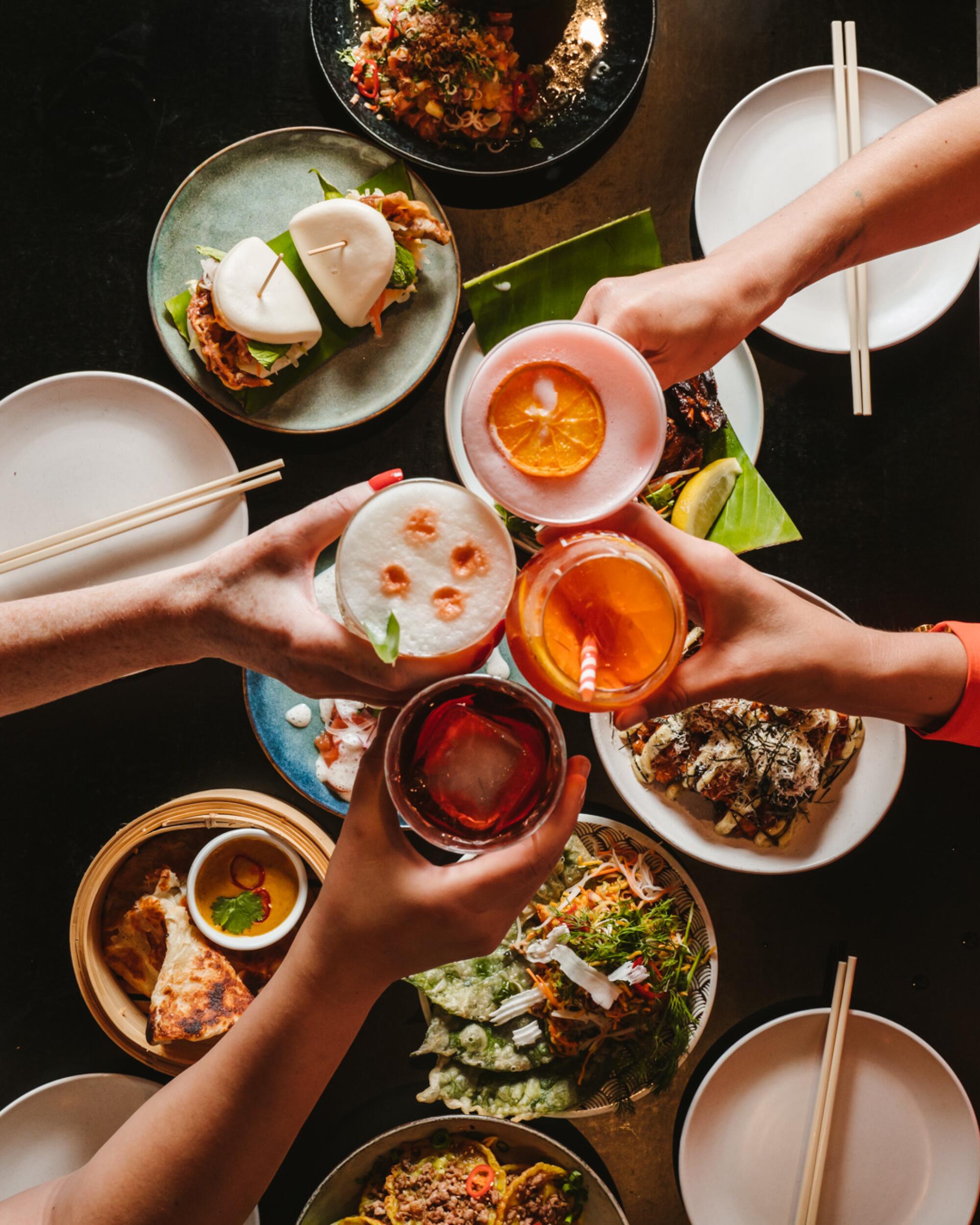
And it creates one of the many beauties of Down Under dining for visitors: restaurant menus that are easy to navigate and accommodate back-home palettes while remaining sufficiently exotic to more than merit the trip.
After all, when was the last time you were offered freshly picked quandongs or a buttery barramundi Wellington stateside?
-Paul Rogers
Has reading about Australian cuisine made you hungry for more? Luckily for Angelenos, the Great Australian Bite, a spectacular outdoor dinner featuring Australia’s top chefs and California’s best producers, comes to Malibu on April 10. Get tickets now!